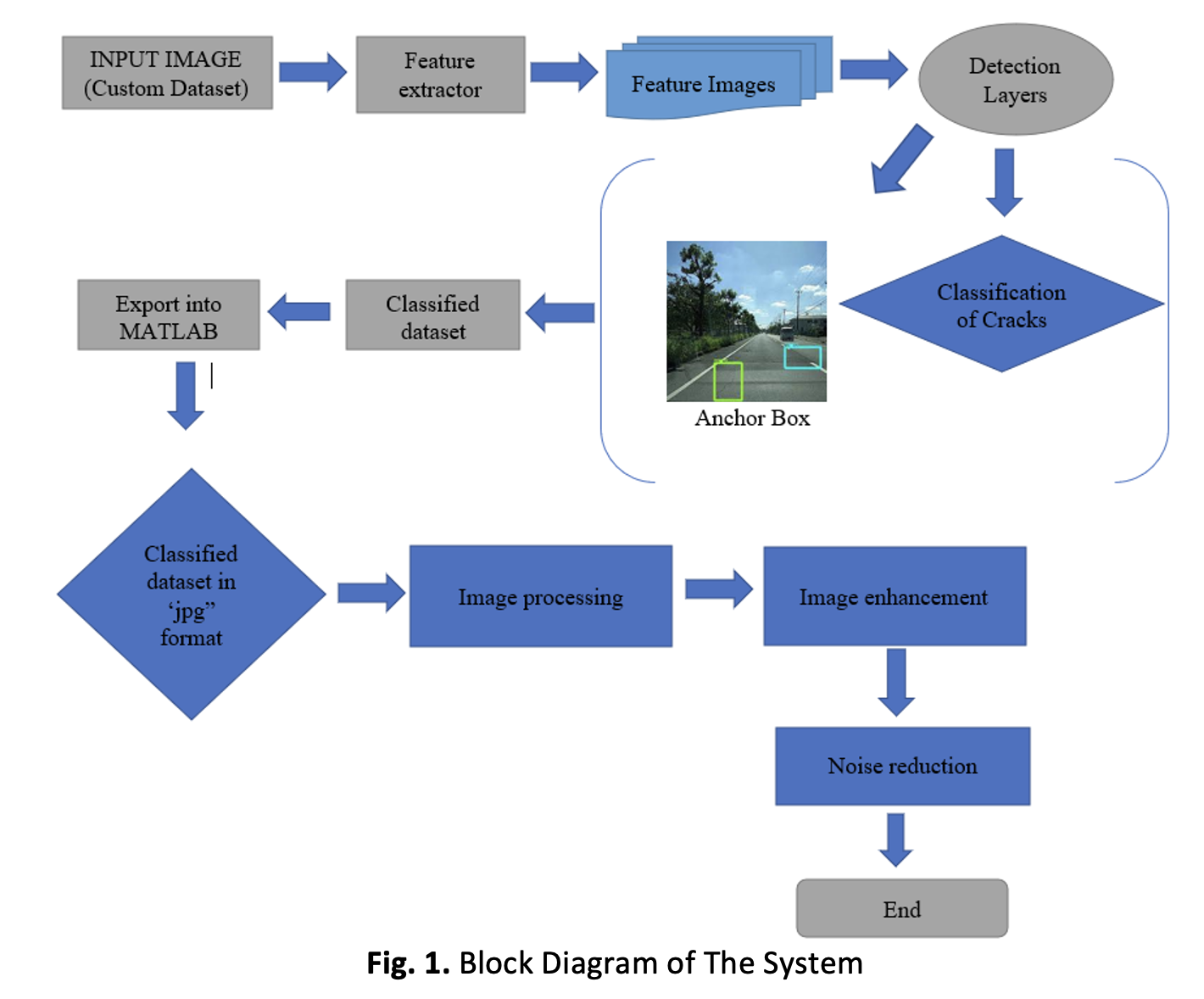Real-Time Pavement Crack Detection Based on Artificial Intelligence
DOI:
https://doi.org/10.37934/araset.38.2.7182Keywords:
Crack, pavement, road, damages, Machine LearningAbstract
Pavement as a structural element is closely related to the road traffic system because it is essentially a support structure for the movement of vehicles. Modern technology has attained significant improvements in road durability, quality, and safety through the use of new materials and construction technology. All civil engineering infrastructures have a specific lifespan. The road surface can be the worst, and repair is more costly if the pavement is not maintained. The objective of this research is to spot the damages over the inspected road and detect cracks in a short time, useful to achieve more comprehensive monitoring and assessment of the condition of road pavement using a smartphone equipped with You Only Look Once (YOLO) to reduce maintenance costs. The method uses advanced image processing techniques and uses YOLO to detect cracked pavement in a short time. More specifically, it is based on the latest generation of Deep Neural Network (DNN) algorithms, such as YOLO V5. YOLO V5 is used as a detector for cracked pavement and image processing as an automated pavement distress detector. The obtained result for longitudinal cracks shows that the area of cracks is 1.1682 m2, with a threshold value of 0.91, while the result for transversal cracks shows the area of cracks of 1.9627 m2, with a threshold value of 0.85. Otsu’s method works best under conditions such as low noise level, homogeneous lighting, and higher intra-class variance than an inter-class variance. The outcome of this project is improved recognition accuracy compared to the manual recognition currently used.
Downloads




























